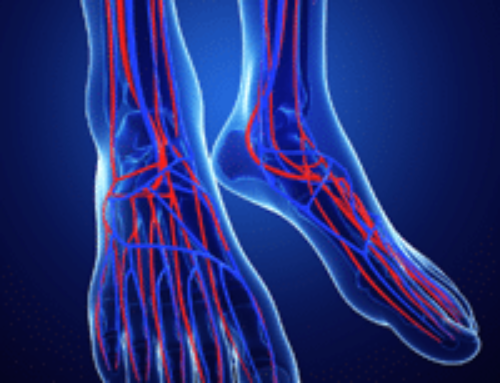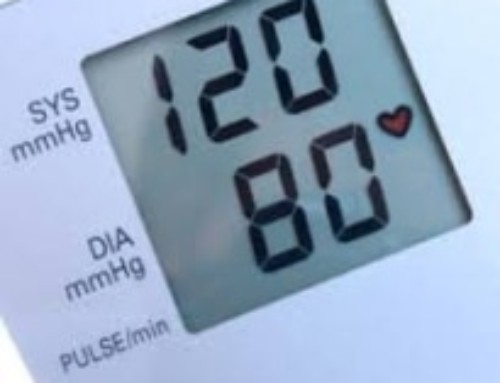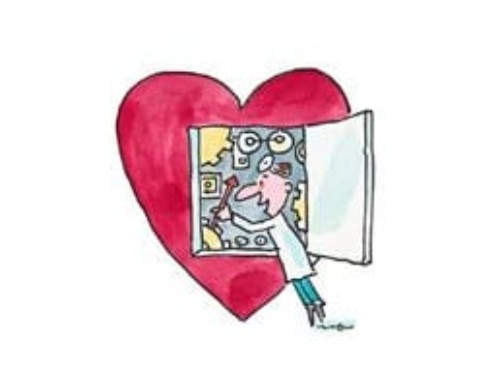With the incidence of heart disease death rates declining more rapidly for men than women, I’m sometimes asked if the symptoms related to heart attacks might be different between genders as well. While there are commonalities in the heart attack symptoms that both men and women can experience, men tend to experience more dramatic symptoms than women. These severe painful symptoms may be the reason men, more frequently than women, seek medical attention for the symptoms they experience. It’s important to note that if you get help quickly after experiencing a heart attack, treatment can limit damage to your heart muscle.
For this article, I wanted to briefly go over the symptoms related to heart attacks, so that those reading this article would know what to look for. I’ll then differentiate between the painful, severe symptoms and those symptoms that are less dramatic and can be dismissed as a nuisance.
Heart Attack Symptoms – Severe/Painful
- Chest discomfort-behind the sternum and/or over the left, right or both breasts
- Pain in the arm or below the breastbone near the solar plexus
- Discomfort radiating to the back, jaw, throat or arm
Heart Attack Symptoms – More Commonly Experienced by Women
The heart attack symptoms more commonly experienced by women are often less recognizable than those in men. According to the American Heart Association, women often dismiss these less severe symptoms as non-threatening and don’t seek treatment, which is a contributing factor to heart disease being the #1 killer of women. Some of the less aggressive symptoms are:
- Shortness of breath
- Fatigue
- Nausea or lightheadedness
- Chills or cold sweats
What does Research tell us about Gender-Specific Heart Attack Symptoms?
The National Heart, Lung and Blood Institute examined 35 years of research and determined the following related to women and the symptoms they experienced related to having a heart attack.
- Between 30% and 37% of women did not have chest discomfort during a heart attack
- Between 17% and 27% of men did not experience chest discomfort
The study concluded that, “current research does not indicate a need to differentiate heart attack symptoms in women from those in men, and public health messages should continue to emphasize chest pain or discomfort, shortness of breath, and other common signs of heart attack.” It is, however, important to note that most research data on heart attack symptoms involves a study population of 2/3 male participants. Researchers are only recently trying to gather more data specific to female- related heart attacks, which should provide a more definitive conclusion.
What does Dr. Klein Recommend for New Chest Pains?
Given the above information I recommend that anyone, male or female, that has new unexplained chest, back, jaw or arm discomfort should seek medical attention in an Emergency Room immediately. The same holds true for unexplained nausea, sweating and shortness of breath. Women, especially, should not be lulled into a false sense of security if the symptoms are not chest pain or are not severe.
While having a heart attack, the chances of surviving and living a healthy, productive life are best if care is received within the first 90-120 minutes of onset of symptoms. The biggest threat of death is in the early moments of heart attack as the heart muscle, starved for oxygen, is more prone to causing life-threatening heart rhythms. This can happen even with very small heart attacks. These rhythms are easily treated/reversed if one is under the care of a paramedic or hospital staff member. Therefore, if you have symptoms that could be representative of a heart attack as described above, call 9-1-1.




